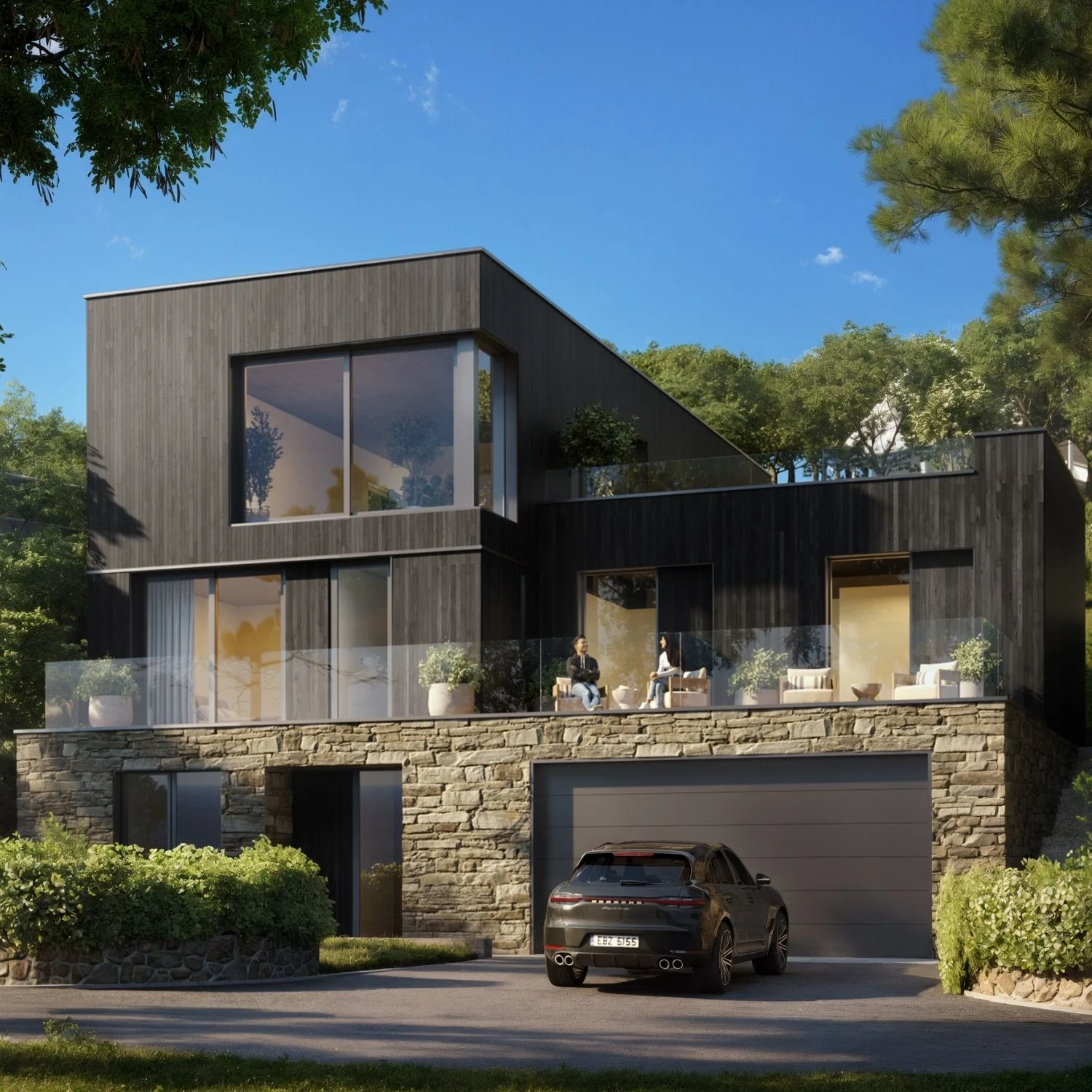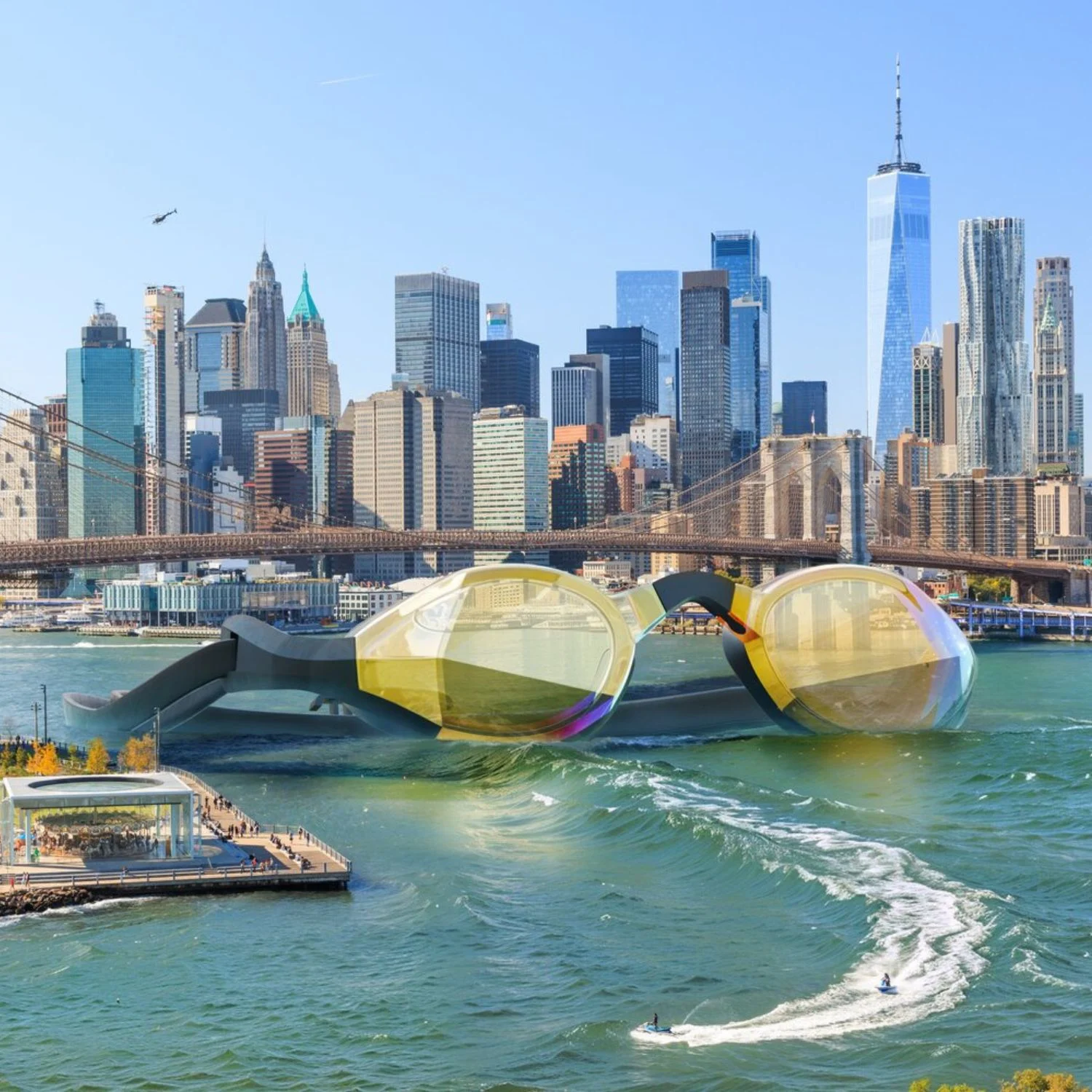Interior Rendering Meaning in Design: Use Cases Included
Discover the meaning of interior rendering in design and accurately understand its pivotal role in elevating sales and profits for interior design.

3D visualization technology has already revolutionized how interior design is handled. It has become the golden standard in interior design, and its use will only expand in the future. If you haven't explored what 3d interior rendering can do for your projects, now is the time to take advantage of this fantastic opportunity to score more clients, create stunning presentations, and optimize the whole production process. Here's why interior renderings are the best way to boost sales and improve your profit margins.
What Is a Design Rendering?
Design rendering involves creating hyperrealistic images, videos, or animations using advanced 3D modeling software to depict real-life items or conceptual designs. It encompasses various types, including architectural, product, kitchen, and exterior renderings. With no strict rules, 3D software offers designers creative freedom to enliven any concept, making photorealistic rendering a popular choice across industries.
What Is 3D Rendering in Interior Design?
3D rendering in interior design uses visualization software to turn ideas, floor plans, and furniture designs into realistic visuals. By understanding rendering meaning in design, professionals can see how every element fits together in a space. While sketches can explain plans, 3D renderings are more practical and detailed. They allow you to arrange items in a room and show the placement of decor, furniture, and appliances, helping to spot potential design flaws before construction.
The core components of a 3D interior design rendering include models, textures, lighting, and perspective:
- Models form the foundation by defining the shapes and structures of furniture, walls, and decor.
- Textures add depth and realism by simulating the look and feel of materials like wood, metal, or fabric.
- Lighting plays a crucial role in setting the mood, mimicking natural and artificial sources to enhance the ambiance.
- Perspective ties everything together by ensuring that the rendering accurately reflects how the space would appear from a specific viewpoint, creating a truly immersive experience.

Key Types of Interior Design Renderings
Interior renderings come in different types. Each of them is best suited for various stages of the design process. They help designers share ideas, refine concepts, and create strong presentations. Here are the key types of renderings:
1. 2D Renderings
2D renderings are simple, flat visualizations used for initial concepts and layouts. They provide a quick design overview, focusing on space planning and basic elements without complex details or textures.
2. 3D Renderings
3D interior design renders are detailed, three-dimensional images that show how a space will look. They help clients visualize how furniture, colors, and materials will work together in the room.
3. Photorealistic Renderings
Photorealistic renderings take 3D visuals to the next level by creating highly realistic images with lifelike lighting, textures, and details. These are often used for high-end presentations to give clients a near-exact preview of the finished space.
4. Virtual Reality (VR) and Augmented Reality (AR) Renderings
VR and AR renderings interior design offers interactive experiences. With VR, clients can explore the space in a fully virtual environment, while AR allows them to overlay design elements onto the real world using devices like smartphones or tablets. These cutting-edge technologies provide a dynamic way to engage clients and refine designs.
Each type of rendering serves a unique purpose in the design process, making it easier for designers and clients to collaborate.

Why Are 3D Interior Design Renderings Gaining Popularity?
3D rendering for interior design is gaining popularity for one reason - it's more powerful than any other design technique in the current market. It’s already the standard in architecture, lighting, and product design, and other industries are sure to follow.
It's very convenient, cost-effective, and immersive. It makes the production and sales process much more straightforward.
Lastly, it's extremely customizable, which makes it suitable for different use cases. If we take interior design as an example, 3D software lets you choose different woods, floors, materials, colors, textures, shading, perspectives, camera angles, and other peculiarities that make your concept stand out.
Not Just Interior Designers: Who Uses Interior Design Renders?
Interior design render serves many purposes and is valuable across various industries. Its flexibility allows customization to meet diverse needs, such as the following.
Interior Design Presentations
3D renders are essential for showcasing ideas in the interior design world, offering realistic visuals with customizable textures and multiple perspectives. They enable on-the-spot changes, ensuring client satisfaction from the start.
Traditional Presentations
While less dynamic, physical presentations remain common for pitching ideas. High-quality 3D render interior design visuals elevate printed materials, providing more detail than traditional photography and saving time and costs.
Digital Presentations
In digital formats, 3D renders add interactivity and versatility. Designers can showcase multiple views, adjust materials or colors, and offer 360-degree displays, making them ideal for furniture designers and product developers.
Team Collaboration
3D rendering for interior design simplifies remote collaboration, allowing real-time edits and seamless sharing among designers, clients, and stakeholders. Feedback and changes can be managed efficiently, streamlining the design process.
Interactive Images
Interactive 3D renders let users rotate, zoom, and adjust elements easily, creating dynamic and engaging presentations that leave a lasting impression.
Beyond interior designers, many professionals benefit from interior rendering solutions:
- Architects for conceptual designs.
- Marketing and advertising teams for impactful visuals.
- Real estate agents for staging properties.
- Furniture designers for showcasing products.
- The entertainment industry for room layouts and special effects.
- Investors for visualizing project potential.
Overall, 3D interior design rendering is a simple, effective, and creative solution for presenting concepts, collaborating, or marketing a product.

Advantages of 3D Rendering For Interior Design
Using high-quality 3D renderings can set you apart from competitors still relying on outdated methods. Modern 3D rendering technology not only wows clients but also boosts bookings, referrals, and profits. Here's how:
1. Build Stronger Client Relationships
Happy clients are key to success, and 3D renderings interior design services help to deliver results tailored to their vision. This technology gives clients control over the final product and simplifies complex design ideas. It makes it easier to visualize and shortens the approval time. The result? Faster projects, fewer revisions, and a seamless experience that builds trust and loyalty.
2. Save Time and Money
An interior design render removes the need for expensive physical models, photoshoots, or rented spaces. It identifies potential design flaws early, avoiding expensive post-production fixes. Efficient, eco-friendly, and precise, 3D technology streamlines workflows and minimizes waste.
3. Elevate Marketing and Branding
Hyper-realistic rendering creates an emotional connection, turning your designs into memorable experiences. It allows you to showcase your work in a dynamic and immersive way. Whether used in catalogs, product launches, or advertising campaigns, it captivates audiences and stands out in a competitive market.
4. Efficient Design Iteration
3D rendering in design streamlines the process by allowing quick adjustments and refinements. Designers can experiment with layouts, textures, and lighting in real time. This helps refine the concept to ensure it aligns with client expectations. This reduces the need for repeated physical prototypes and lengthy discussions.
5. Client Engagement and Confidence
Rendering allows clients to clearly visualize the final product. It helps build trust and confidence in your services. Presenting designs realistically enables clients to feel more involved and understood. The opportunity to see and influence the design gives them a sense of ownership. This leads to higher satisfaction and stronger long-term partnerships.
.webp)
Get High-Quality 3D Interior Renderings
Photorealistic 3D visualization can become a major game-changer at the launch stage. Our work with Ka La’i Waikīkī Beach Hotel perfectly illustrates this. By delivering high-quality renders for interior design, we helped them present their vision compellingly to investors and stakeholders.
Our detailed renderings helped secure funding for the project and improve design decisions. This led to a 30% faster approval rate from investors and a 25% boost in interest from potential partners. The photorealistic visuals were key to the hotel's successful marketing campaign, increasing engagement by 40%.
In recognition of the outstanding work done on this project, PIXREADY was honored with the Top Interior CGI Company award in the UK.
Transform your interior design ideas into mesmerizing visuals with PIXREADY. Schedule a free consultation to learn more.

Sofia helps clients transform their ideas into impactful 3D assets by guiding them through every stage of the collaboration. With strong expertise in understanding architectural and interior design needs, she ensures that each project runs smoothly and delivers measurable value. Her focus is on building lasting partnerships and helping clients make the most of cutting-edge visualization solutions.
Latest Posts
STAY UPDATED
Get occasional emails with 3D visualization news and insights
.webp)

